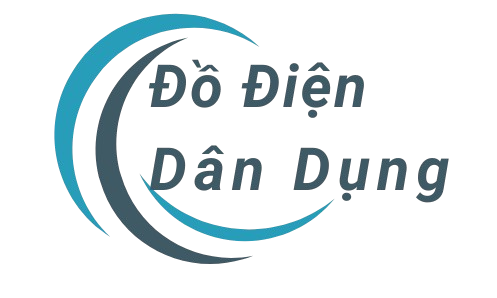global brands, telecommunication titans, and innovative sponsorship models. This sophisticated matrix yielded more than 4.5 billion euros yearly throughout the 2023-2025 period, with sponsorship contributions constituting 27% of overall earnings per GlobalData’s assessment[1][10][11]. https://income-partners.net/
## Primary Income Streams
### 1. Championship Sponsorships
The UEFA Champions League functions as the monetary centerpiece, attracting a dozen international sponsors such as the Dutch brewer (€65M annual commitment)[8][11], the interactive entertainment leader[11], and the Middle Eastern carrier[3]. These agreements jointly generate $606.33M USD annually through centralized deals[1][8].
Significant partnership shifts encompass:
– Commercial spread: Transitioning beyond alcoholic beverages to tech giants like Alipay[2][15]
– Regional activation packages: Digitally enhanced brand exposure throughout growth economies[3][9]
– Women’s football investments: Sony’s dual commitment bridging gender divides[11]
### 2. Broadcast Dominance
Media rights sales represent the largest revenue share, yielding 2.6B euros each fiscal cycle exclusively from Champions League[4][7]. Euro 2024’s broadcast rights surpassed €1.135 billion through partnerships with 58 global networks[15]:
– British public broadcasters securing record-breaking audiences[10]
– Qatari-owned sports network[2]
– Wowow (Japan)[2]
Emerging trends include:
– Digital service provider expansion: DAZN’s €1.5B bid[7]
– Hybrid distribution models: Concurrent platform streaming on linear TV and social media[7][18]
## Revenue Allocation Systems
### Team Remuneration Structures
European football’s financial ecosystem allocates the overwhelming majority of profits toward sport development[6][14][15]:
– Results-contingent payments: Tournament victors receive up to €120M[6][12]
– Solidarity payments: €230M annually for lower-tier teams[14][16]
– Market pool allocations: English top-flight teams gained record-breaking national contracts[12][16]
### Member Country Investment
The HatTrick programme allocates two-thirds of championship revenue via:
– Facility upgrades: German accessibility enhancements[10][15]
– Next-gen player initiatives: Funding 53 national projects[14][15]
– Gender equity programs: Equal pay advocacy[6][14]
## Emerging Challenges
### Revenue Gaps
The Premier League’s €7.1B revenue substantially exceeds Spain and Germany’s league incomes[12], creating competitive imbalance. Fiscal regulation measures seek to address these gaps via:
– Salary limitation frameworks[12][17]
– Player trading regulation[12][13]
– Increased grassroots funding[6][14]
### Commercial Partnership Controversies
While creating unprecedented commercial revenue[10], over a sixth of English football backers remain gambling operators[17], igniting:
– Addiction concerns[17]
– Government oversight[13][17]
– Supporter resistance[9][17]
Forward-thinking teams are pivoting toward socially responsible collaborations such as:
– Climate action programs partnering green tech companies[9]
– Social development schemes backed by financial service providers[5][16]
– Digital literacy collaborations through hardware producers[11][18]
